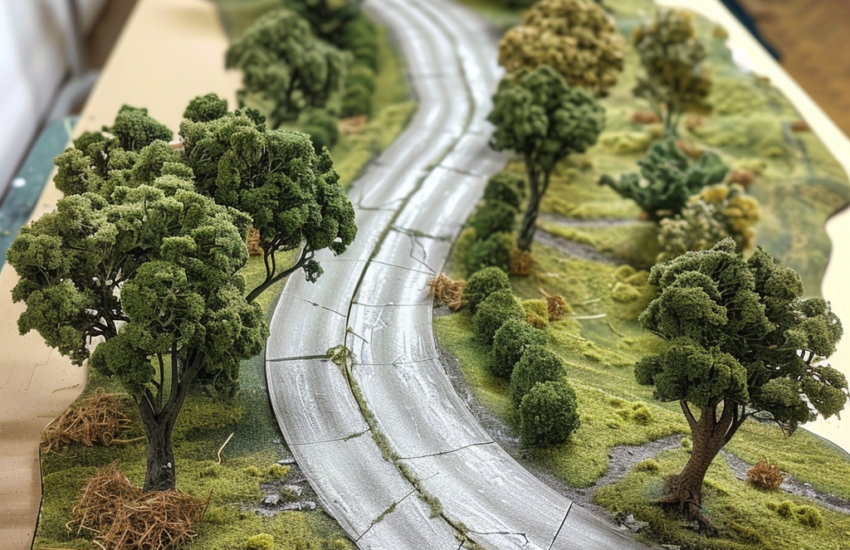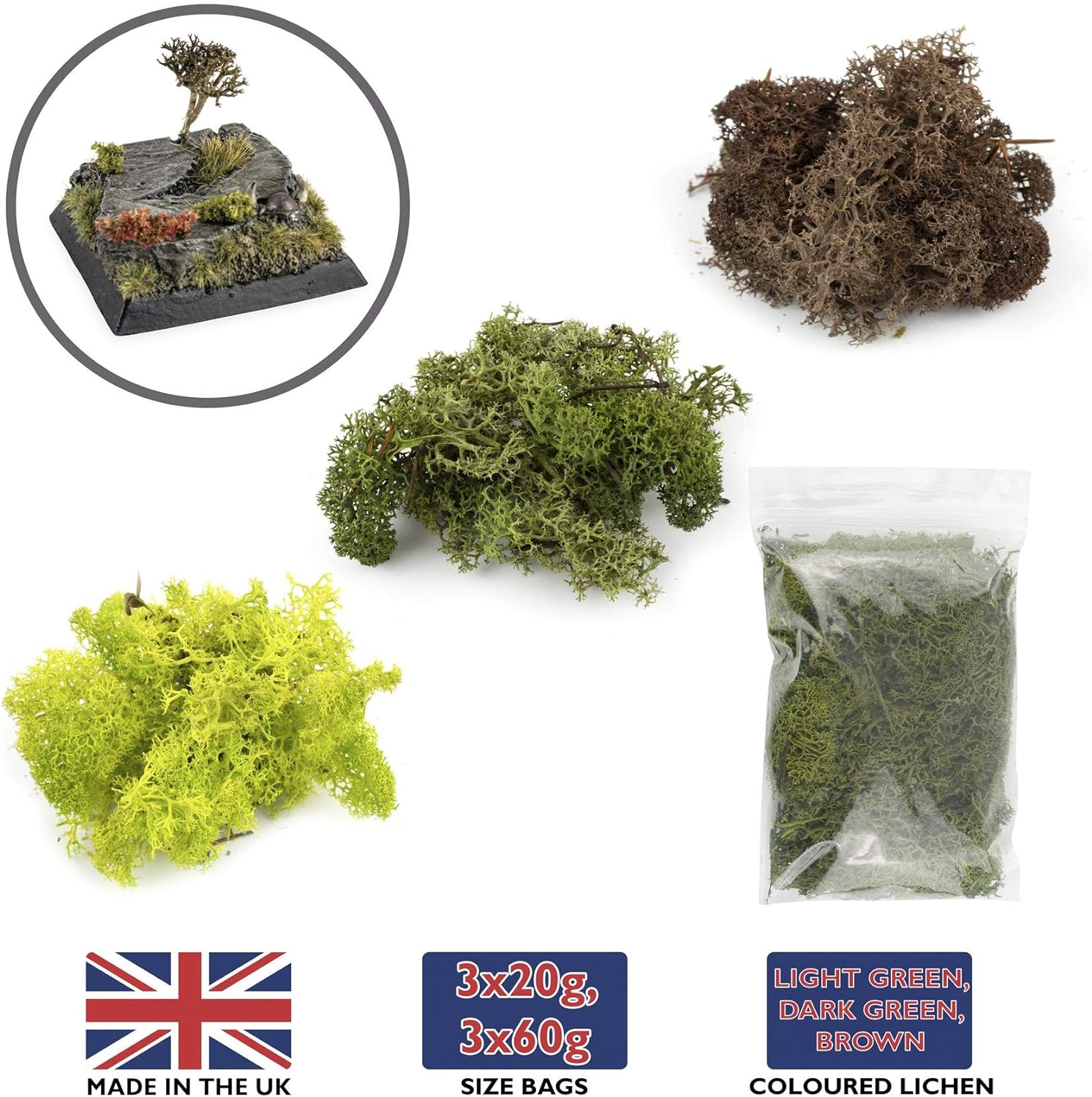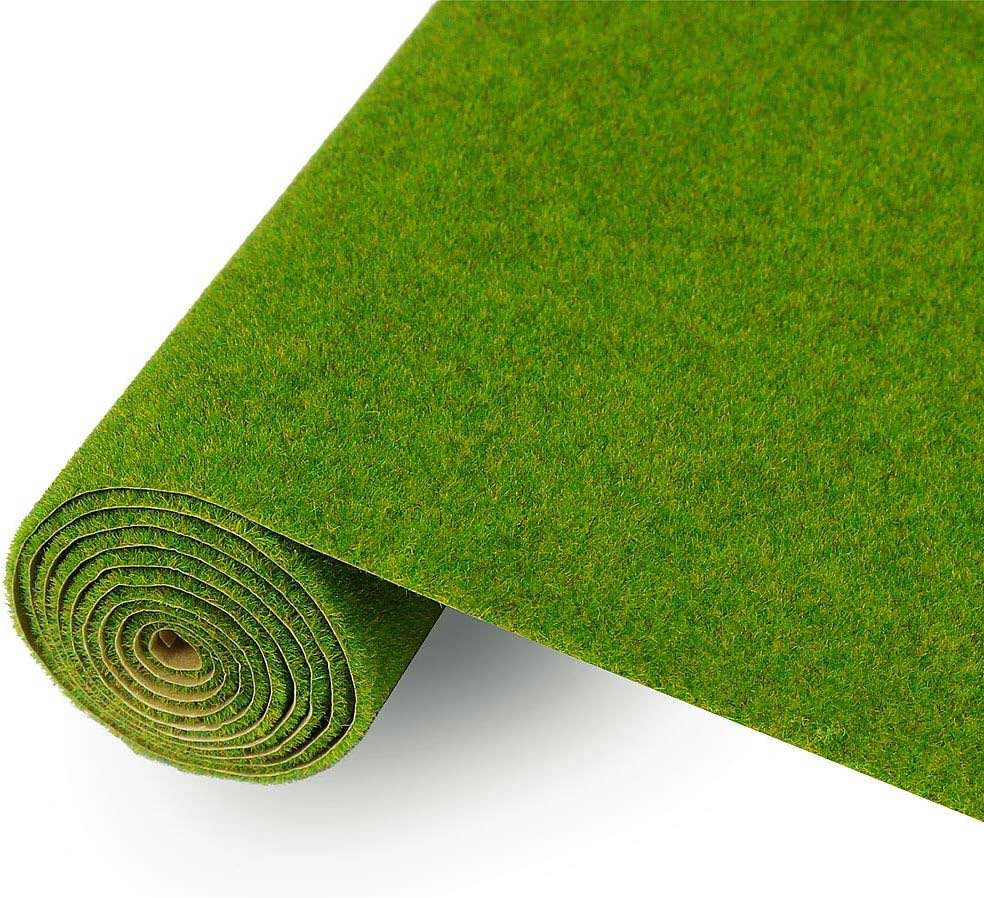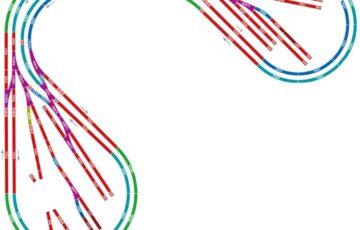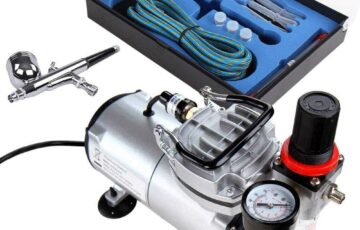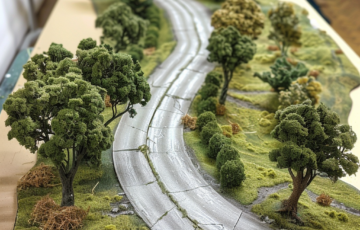Ground Cover for Model Railways
Are you looking to enhance the realism of your model railway layout with lifelike ground cover? Look no further! In this guide, we'll walk you through a simple yet effective technique for creating basic ground cover that works seamlessly with all types of landscapes, from lush meadows to rocky terrains.
- Preparation: Before you begin, ensure that the section of your layout where you intend to apply ground cover is clean and free of debris. This will ensure better adhesion and a more polished finish.
2. Applying White Glue: Start by applying white glue to the designated area using a paintbrush. Opt for a cheap paintbrush, as it will be easier to clean afterward. Spread the glue evenly across the surface, covering the desired area where you want to place your ground cover.
3. Sprinkling Blended Turf: Once the white glue is applied, sprinkle blended turf over it. Blended turf typically consists of a mix of fine and coarse turf, offering a natural variation in texture and colour. Sprinkle the turf evenly over the glued area, ensuring full coverage.
4. Adding Coarser Turf: For areas where you desire a thicker brush and greater depth, add coarser turf on top of the blended turf. This will create layers within your ground cover, adding dimension and realism to your landscape.
5. Breaking Surface Tension with Isopropyl Alcohol: To ensure optimal adhesion and penetration of the glue mixture, lightly apply isopropyl alcohol over the surface. This will break the surface tension, allowing the 50/50 white glue-water mixture to soak into the turf and create a stronger bond.
6. Applying Glue Mixture: Prepare a 50/50 mixture of white glue and water in a separate container. Once the surface tension is broken with isopropyl alcohol, apply the glue mixture evenly and thinly over the entire area. This will create a solid surface and ensure that the ground cover remains securely in place.
7. Adding Extra Details: To further enhance the realism of your ground cover, consider adding extra details such as thicker turf for patches of vegetation or foliage for a more diverse landscape. These additional elements will add depth and character to your model railway layout.
By following these simple steps, you can create realistic ground cover for your model railway layout with ease. Experiment with different textures and colours to suit the specific landscape you envision, and don't be afraid to add your own creative touches for a truly unique result.
Material options for model railway ground cover.
- Use scenery grit: Scenery grit is a fine, granulated material that can be used to create a realistic ground cover for your model railway. You can sprinkle it over your base to create a rocky or gravelly surface.
2. Use static grass: Static grass is a synthetic material that can be used to create a realistic grassy surface for your model railway. You can apply it using a static grass applicator or by simply sprinkling it over your base and using a brush to help it adhere.
3. Use real plant material: You can also use real plants to create a realistic ground cover for your model railway. You can use materials such as lichen, moss, or small plants to create a natural look. Another option is dried leaves ground down to create an earth like dust.
4. Use ground cover flock: Ground cover flock is a synthetic material that can be used to create a variety of different ground cover textures, including grass, dirt, and gravel. It is available in a variety of colours, so you can create a ground cover that is specific to your layout.
Whether you're a seasoned model railway enthusiast or just starting out, this basic ground cover technique is sure to elevate the realism of your layout and bring your miniature world to life.
Happy modeling!

